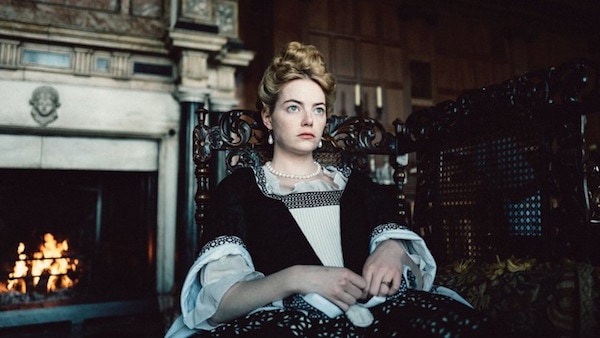
This just might be your favorite movie of 2019
Even if you don’t pay attention to movie hype, it’s likely you’ve heard of “The Favourite.” Set in 18th century England, the story follows an orbiting universe of court cons and royal drama that surrounds Queen Anne, a fragile ruler who passed on much of her responsibilities to her friend Lady Sarah Churchill of Marlborough. With a less “star-studded” and more “talent-rich” class of actors, the period-era comedy borders on the indie-art house style, leveraging cultural anachronisms and acute attention to detail to wow even the most historically critical audiences.
Without going into too much detail – because spoilers are terrible – I must say that the movie’s conclusion left me nothing short of shook. Even after multiple conversations with fellow viewers, I’m still left with much to consider and think about. What I can bet on is that the creators achieve the result they were pursuing.
Greek director Yorgos Lanthimos’ most notable stateside picture is “The Lobster,” which if you’ve seen, you can gather insight into Lanthimos’ type of film. “The Favourite” is based on an authentic period in history and despite the anachronisms, still adhered mostly to the aesthetic, cultural, and character personalities of the time.
The movie itself is fanciful, told in chapters. Scenes were starkly completed, and the next abruptly entered. There’s no better word to describe the overall feeling of the film than “dreamlike.”
The film is superb. Unique cinematographic elements like GoPro-esque fisheye pans of expansive and elaborately specific sets are at times disorienting but give the viewer a real 360-view of the characters’ environment. The costumes are not only culturally accurate, but they were also curated in color and style to match a succinct per-scene aesthetic. Down to the minute accessories and cut of fabric of each character’s ensemble, elements of their personality are continually provided as the subtext to the scene.
And of course, three powerhouse female actors at the helm, including Olivia Colman, Emma Stone, and Rachel Weisz make for emotive, subliminal, and highly refined scenes in which each moment between characters, or even spent alone with no dialogue, were precious to behold. On more than one occasion, Emma Stone held the audience’s attention in a candlelit room, processing action happening off-screen and communicating an entire story with merely her face. Rachel Weisz’s portrait of Lady Sarah Churchill is witty, well-spoken, harshly authentic, and a nod to women who – at all times in history – took power and decided wars with it.
There are a few elements the screenwriters took from history with barely a grain of salt that deserves mention: Queen Anne’s (Olivia Colman) lesbian relationship with Lady Marlborough and the overall importance her cousin Abigail in her dismissal from the English court. Of course, one cannot overlook that dance scene seen round-the-world in previews. But, barring a few spoilers, the film remains decently historically intact, and not in any way so far-fetched that the piece is unenjoyable.
“The Favorite” has already won seven BAFTA awards and is nominated for 10 Oscars. Make the trek to see The Favourite before it leaves the big screen.







